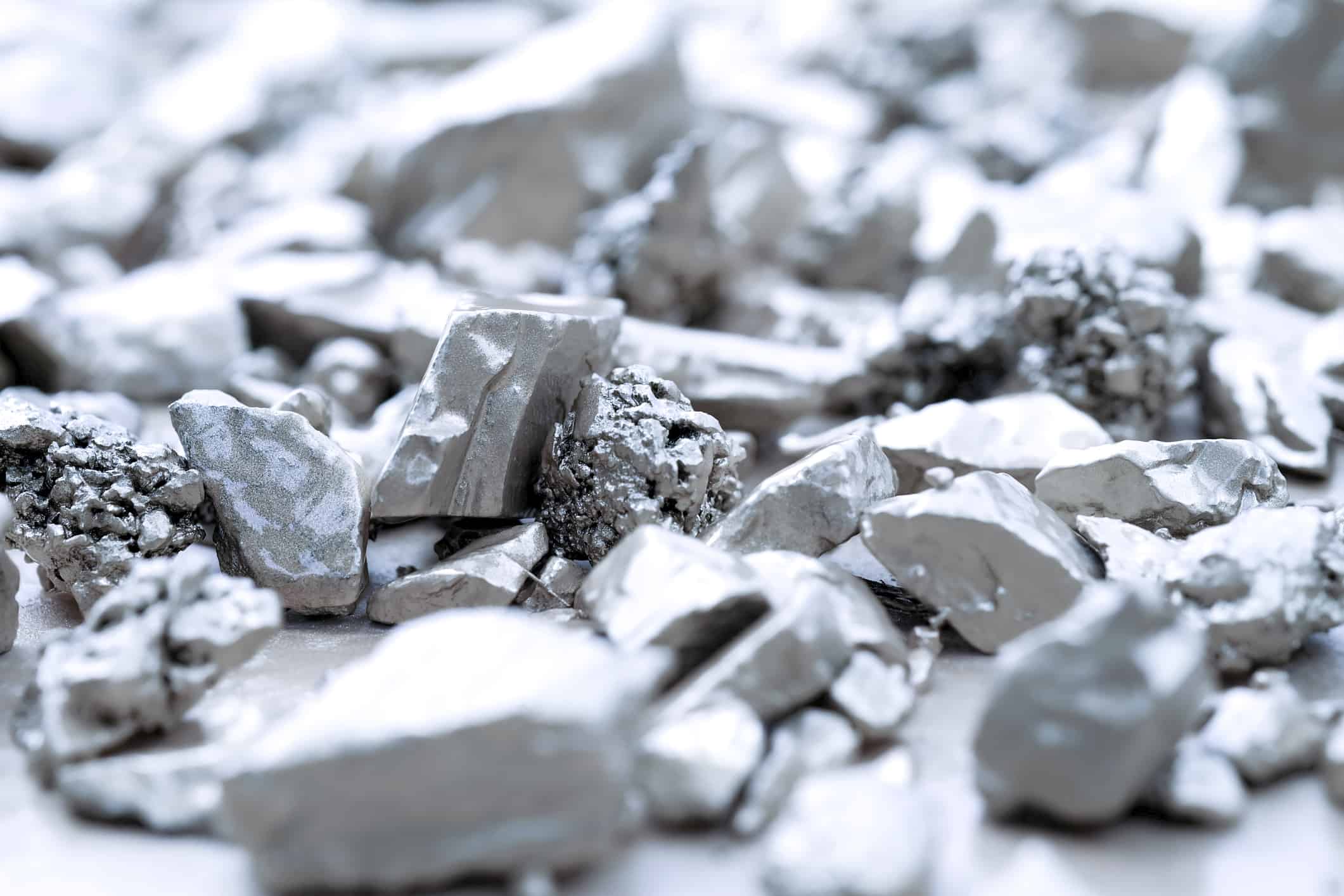Silver is a relatively soft metal with a bright and luster appearance. This valuable metal holds a vital role in a lot of industries. This ranges from industrial, technological, medical, and jewelry applications. Often found alongside other metals, silver can be found in multiple geographies. Approximately 56% of silver is in the Americas, with Chile, Mexico, and Peru boasting 43% of the resources.
Let’s explore what countries in the world produce the most silver.
What Is Silver?
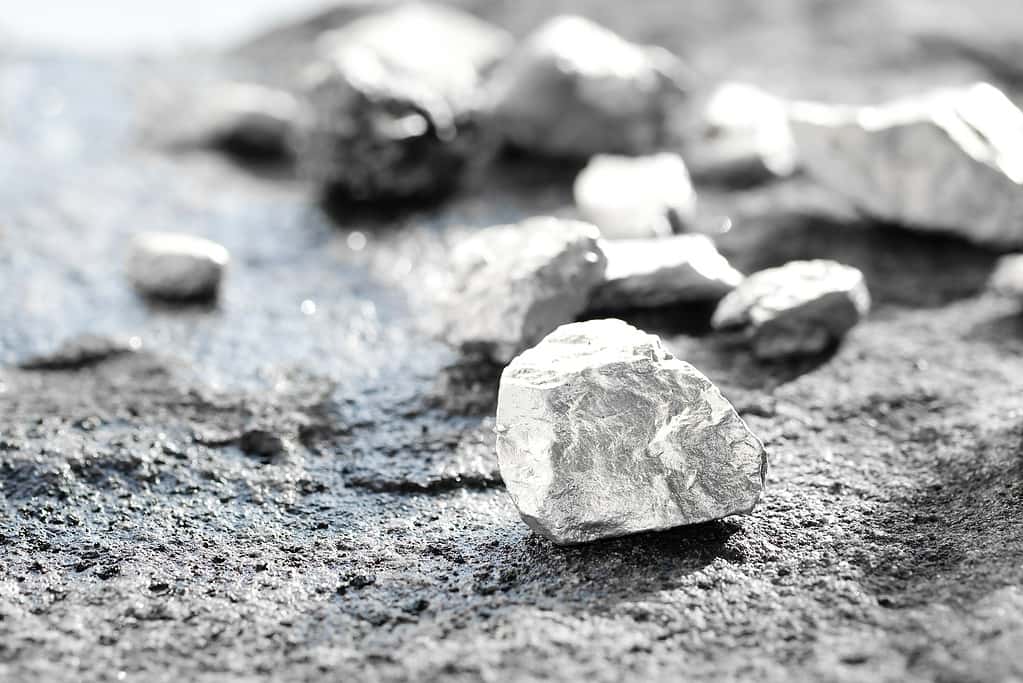
The United States, the ninth largest producer of silver, is also the first consumer of silver in the world.
©Oat_Phawat/iStock via Getty Images
Silver is a soft and valuable metal found across the continents. It is also a chemical element with the symbol “Ag” and atomic number 47.
Thanks to its valuable properties, silver is used in many industries.
- Silver is a popular choice for necklaces, bracelets, and rings. The metal is stable in air and water but can tarnish when exposed to sulfur compounds, potentially leading to tarnishing.
- It is also an excellent conductor of electricity and heat, with the highest electrical conductivity of any element. This metal is essential in wiring, contacts in switches and relays, and the production of electronic components.
- Some currency coins are made of silver.
- Thanks to antimicrobial properties, silver is used for wound dressings and coatings for medical devices.
- Silver highly reflects light, being one of the best light reflectors. It is one often used in mirrors reflecting coats.
The cost of silver can depend on production and worldwide availability, as the prices fluctuate regularly. On average, silver is sold between $20 to $25 per troy ounce (a system of weights used for precious metals, based on a pound of 12 ounces instead of 16).
1. Mexico

Mexico, the world’s largest silver producer, is also the seventh largest for gold.
©eskystudio/Shutterstock.com
- Silver Mine Production in 2022: 199.2 million ounces
With a production of almost 200 million ounces of silver in 2022, Mexico ranks as the first producer of silver in the world. The silver production in Mexico is nothing new, as it has consistently been the largest producer for several years.
Mexico’s geological diversity is the main reason for its abundance of silver. The country is home to various types of silver deposits. They include epithermal vein systems and disseminated deposits, where silver is found as a component of the ore alongside other base metals.
Its production has an extensive impact on Mexico’s economy. In 2021, Mexico’s exports of silver reached 2.8 billion U.S. dollars. The main destinations for Mexican silver are the United States, Japan, Canada, Switzerland, and Brazil. Additionally, Mexico’s silver production can influence silver prices and availability worldwide.
Mexico is home to Fresnillo plc, the largest silver company in the world. In addition, other mining companies, such as Industrias Peñoles (Mexico’s leader in gold and zinc), operate in Mexico. They work in well-known mines such as the Fresnillo mine, the San Julián mine, and the Saucito mine, all operated by Fresnillo plc. Both companies use advanced technologies and employ a large workforce to extract, process, and refine silver.
2. China
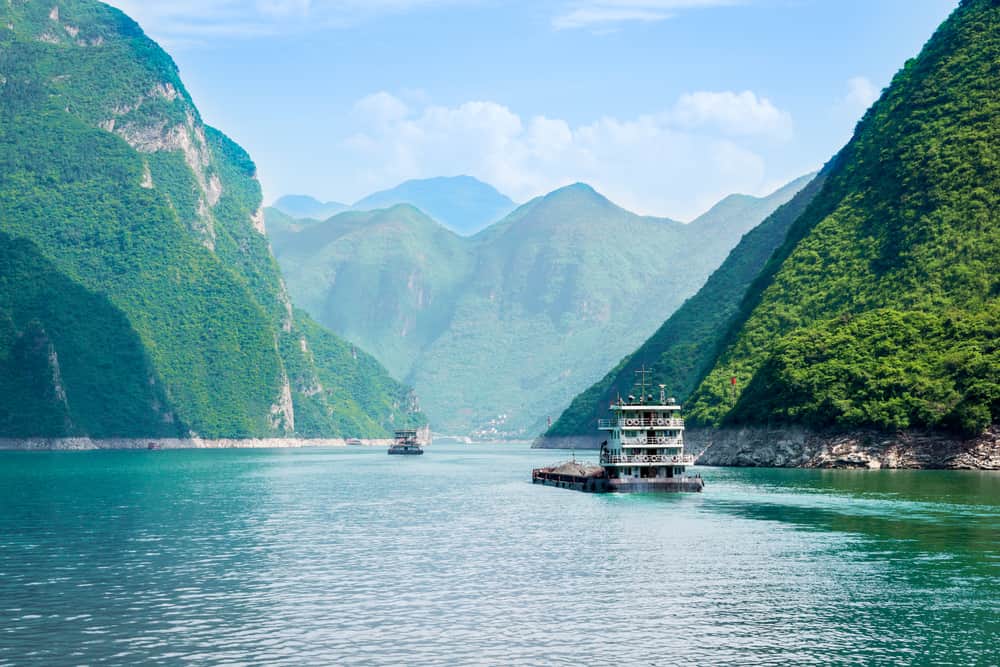
Even though China is a giant silver producer, it imported over $1 billion of silver in 2021.
©Daniel Doerfler/Shutterstock.com
- Silver Mine Production in 2022: 111.8 million ounces
China is the second-largest silver producer in the world. It is home to abundant mineral resources, including silver-bearing ores. In China, companies exploit mines for lead and zinc as their primary target, but as silver is usually found in the same ore, it is an economically viable way to extract and refine the silver along with more precious metals.
The silver production in China brings its share to the nation’s economy. China’s rapid industrialization uses much of its silver production as the metal is used in various industries such as electronics and solar panel production. In addition to industrial use, silver became a popular investment and asset in China.
But it is also primarily exported. In 2021, China exported 4.3 billion U.S. dollars in silver, ranking as the second largest exporter of silver. The main destinations for Chinese silver were Hong Kong, Thailand, the United Kingdom, Japan, and Switzerland. Like Mexico, China’s production influences silver prices and availability worldwide.
Most mining companies in China are privately owned. Silvercorp Metals Inc. (a Canadian company) is one of China’s largest silver producers. It owns multiple silver-lead-zinc mines in China, including the multi-mine Ying district and the GC mine.
3. Peru
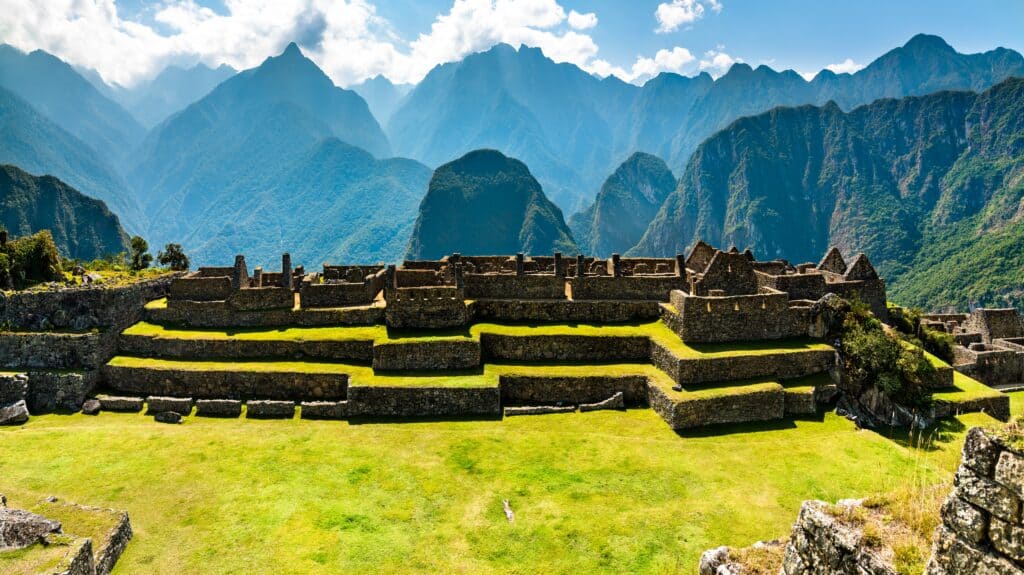
If Peru is the third-largest country for silver production, it has the largest silver reserves.
©Leonid Andronov/Shutterstock.com
- Silver Mine Production in 2022: 107 million ounces
Peru is the third-largest producer of silver in the world. Silver has been produced in Peru for centuries, where it is extracted as a byproduct of other mining operations, particularly from copper, lead, and zinc mines. In Peru, the geological formations containing silver and other metals are epithermal veins, porphyry copper deposits, and skarn deposits. Many of the country’s silver mines are closely linked to polymetallic deposits.
But its production has a long history from the Spanish colonial era. The famous silver mine of Potosi, now located in modern Bolivia, was part of the Viceroyalty of Peru during colonial times. This mine was one of the world’s richest sources of silver in the 16th century and played a vital role in the Spanish empire’s economy.
In 2021, Peru was the 24th silver exporter in the world, with only $230 million in silver exports. The primary destinations were Switzerland, the United States, Brazil, Mexico, and Argentina. Its key regions for silver and other metals production are primarily in the Andes Mountains and the Cerro de Pasco region, where the country’s larger mines are located. The Ancash and Junion regions are smaller producers.
In recent years, many mining operations have encountered protests and disputes over land use. The Peruvian government has brought new laws, regulations, and initiatives to promote sustainable mining practices.
4. Poland
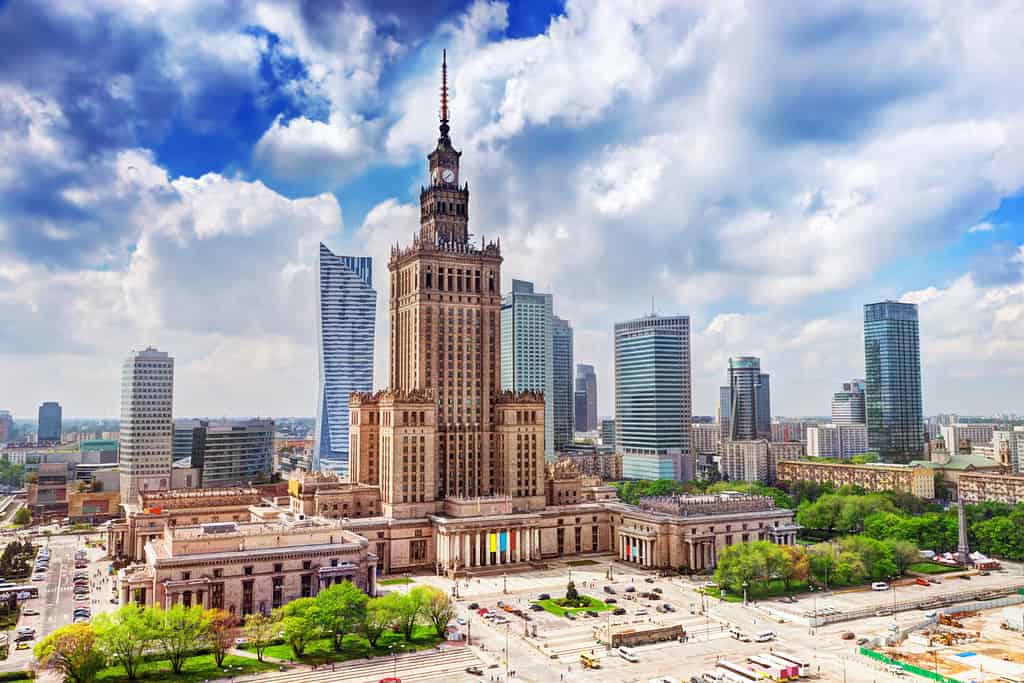
Poland is way ahead in silver production compared to its neighboring countries.
©PHOTOCREO Michal Bednarek/Shutterstock.com
- Silver Mine Production in 2022: 42.4 million ounces
As the fourth-largest producer of silver in the world, Poland’s production is way behind the leading three countries. Still, silver mining in Poland has a rich historical tradition. The country’s silver mines, specifically in the Tarnowskie Góry region, were vital to the European economy during the Middle Ages.
Poland’s silver production is often a byproduct of mining activities focused on other metals. The primary ores associated with silver production in Poland are copper and lead. When these metals are extracted, silver comes along.
Poland is the leading silver producer in Europe and plays a significant role in the continent’s silver supply. In 2021, it exported $1.2 billion of silver to the United States, the United Kingdom, Australia, Canada and Germany.
Most of the Polish mining activities are state-owned or state-controlled. KGHM Polska Miedź S.A. — which focuses on copper and silver — is one of the key players in the Polish mining industry. This company and others use modern mining techniques and technologies. This includes open-pit and underground mining, along with processing methods to help maximize the recovery of silver and other metals.
5. Chile
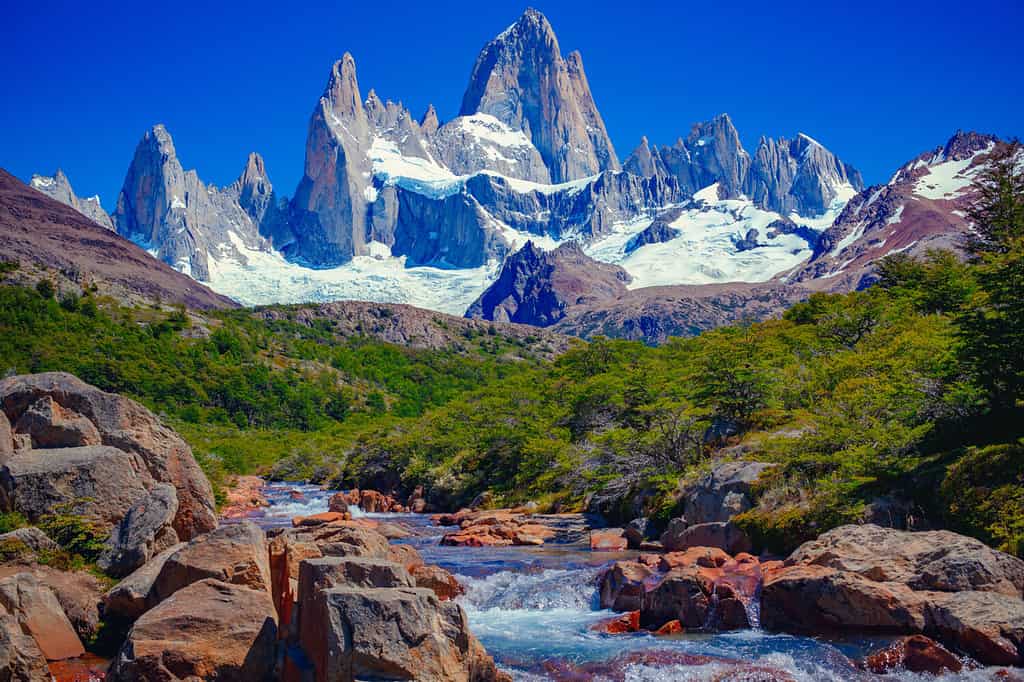
Chile is the world’s largest producer of copper.
©Samuel Ericksen/Shutterstock.com
- Silver Mine Production in 2022: 41.9 million ounces
The country of Chile is known to be a copper production country. Copper is a crucial component of the Chilean economy as it is the world’s largest producer. However, with over 40 million ounces of silver produced in 2022, it ranks as the fifth largest producer.
In Chile, silver is a byproduct of copper mining. Many silver deposits alongside copper in rich ores.-rich. Therefore, when copper is extracted, silver is found alongside it.
In 2021, Chile exported silver for $448 million, ranking as the 18th largest silver exporter. The key destinations of Chilean silver were the United States, Switzerland, Spain, Singapore, and Japan.
Chile is home to some large copper and silver mining companies like Codelco, BHP, and Anglo-American. State-owned Codelco is one of the world’s largest copper and silver producers. The companies have extensive mining operations in the Andes Mountains, where copper and silver are the most prominent.
Similarly to the situation in Peru, the Chilean government took initiatives to mitigate the impact on the environment and local communities.
6. Russia

Most of Russia’s mines are located in very sparsely populated areas.
©Reidl/Shutterstock.com
- Silver Mine Production in 2022: 41.1 million ounces
Russia’s silver production is sometimes a primary product and other times a byproduct of other mining activities. The country is also a key producer of base metal mining, including copper, lead, and zinc.
In the last decades, Russia’s silver production has been steadily increasing. Its growth is due to increased exploration and development of silver-rich deposits as well as improvements in mining technologies. Additionally, the Russian government took steps to support the domestic mining industry.
In 2021, Russia exported $788 million worth of silver, primarily to the United Kingdom, Turkey, India, the United States and Switzerland. Most silver and other metal mines are located in the Siberian Federal District, the Far Eastern District, and the Northwestern Federal District. The largest mines are the Dukat mine in the Magadan region and the Lunnoye and Verkhne-Menkeche deposits.
7. Bolivia
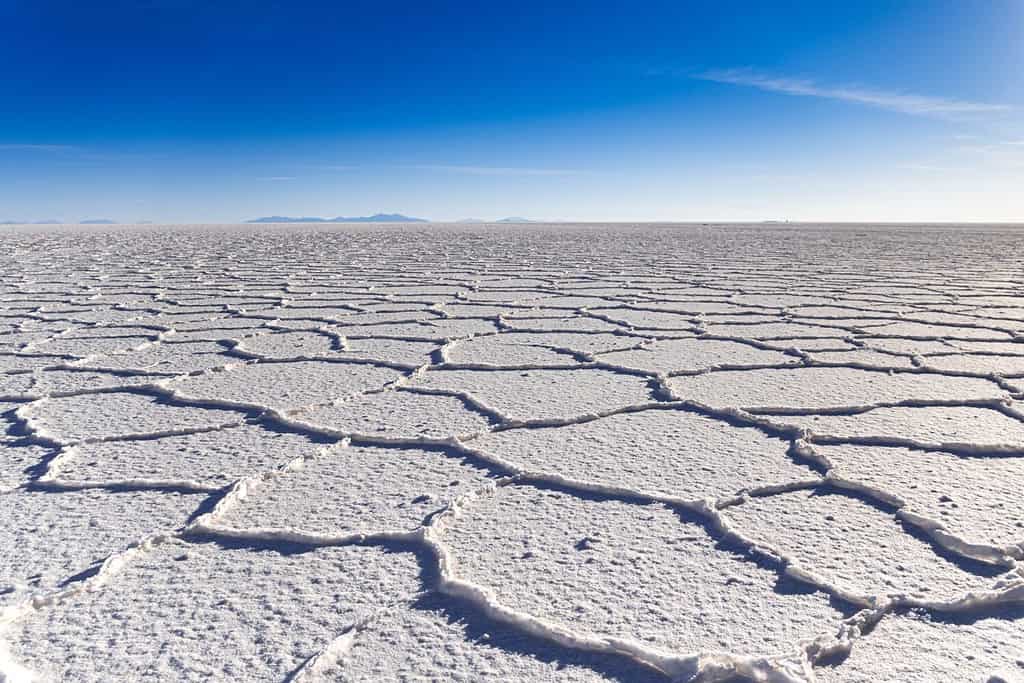
Bolivia is home to some of the most stunning landscapes in South America.
©Marco A. Huanca/Shutterstock.com
- Silver Mine Production in 2022: 38.7 million ounces
As for Peru, Bolivia’s history with silver production goes back to the colonial era. Potosi, Bolivia, was home to the famous Cerro Rico silver mine. This mine was one of the richest silver mines in the world and generated a large amount of wealth that largely contributed to the Spanish Empire during the 16th and 17th centuries. The Potosi mine still thrives today.
Most silver produced in Bolivia is through byproducts of other mining activities. The country has substantial metal reserves like lead, tin, and zinc. However, Bolivia also has a significant amount of small-scale mining operations focusing on silver.
In recent years, Bolivia’s silver production has slightly decreased, but it remains one of the top silver producers. In 2021, Bolivia exported $149 million worth of silver primarily to Canada, Brazil, the United States, Switzerland, and Hong Kong. The Bolivian government encourages investment in the mining sectors and promotes responsible mining practices.
8. Australia

In 2021, Australia imported more silver than what it exported.
©Australian Lifestyle Images/iStock via Getty Images
- Silver Mine Production in 2022: 38.5 million ounces
Australia is a significant producer in the silver industry. While it is not the largest producer, Australia maintains a substantial presence in the industry.
Australia has some primary silver mines, but most of its silver production results from the byproduct of other mining activities, specifically lead and zinc. The mines are spread across various states and territories in Australia. New South Wales and Queensland are two of the most notable regions for silver mining. Broken is a renowned mine.
Silver mining and production have a significant economic impact in Australia. It generates revenue and employment opportunities and supports local communities. This is essential as mining regions are often poorer and lack working opportunities. In 2021, the country exported silver for $398 million to many countries, including the United Kingdom, Canada, New Zealand, Switzerland, and the United States. Australia’s mining industry is renowned for its use of advanced technologies.
In Australia, the mining industry is under strict regulatory oversight. This helps ensure environmental protection, safety, and compliance with labor laws. The government promotes initiatives to encourage sustainable mining practices.
9. United States
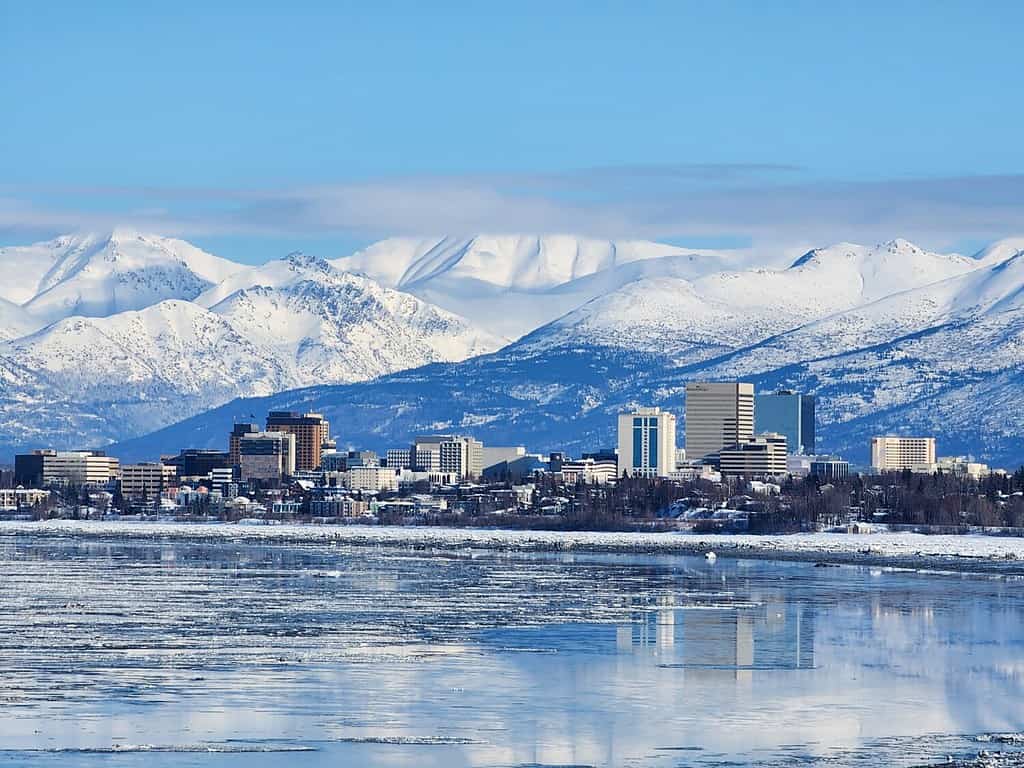
Alaska is the main silver producer in the United States.
©TripWalkers/Shutterstock.com
- Silver Mine Production in 2022: 32.4 million ounces
The United States’s silver production started when significant silver deposits were discovered in multiple states. The silver rush began in the 19th century with the discovery of the famous Comstock Lode in Nevada and other deposits in Colorado. These were instrumental in the American West’s economic development.
The United States has maintained a consistent level of silver production over the years. In the U.S., silver is extracted as a byproduct of mining other metals, including copper, lead, and zinc.
Alaska is the leader in silver production in the country, and in addition to silver, it also extracts lead and zinc. Arizona, famous for its copper mining, often extracts large amounts of silver. Finally, Nevada, home to the famous Comstock Lode — one of the richest silver deposits in American history — still thrives with its silver and other metals mining industry.
In 2021, the United States exported $2.3 billion of silver to various countries, ranking as the fifth largest silver exporter. These include Canada, Mexico, Taiwan, China, and France. The United States also uses some of its production for industrial applications and jewelry.
The mining industry has recently been subject to new environmental regulations. The U.S. government is trying to implement sustainable mining practices.
10. Argentina
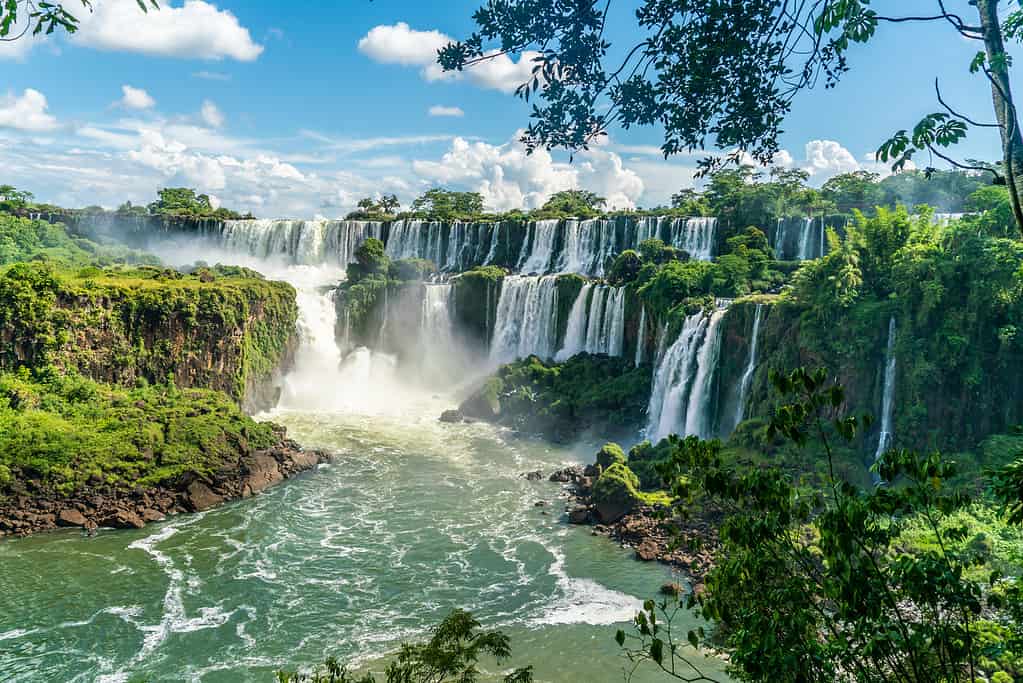
Like Chile and Peru, most mines are in the Andes mountain range.
©ivotheeditors/iStock via Getty Images
- Silver Mine Production in 2022: 30.9 million ounces
Another country in South America famous for its silver production is Argentina. While it does not compare to Peru and Chile, it still makes the tenth spot of the world’s largest silver producers.
Like other countries, most of Argentina’s silver production is a byproduct of mining for other metals, including copper, gold, and lead. Silver output in Argentina depends on the success and development of additional mining activities. Argentina’s geology has a lot of potential for silver production. The country’s silver resources are in the Andes mountain range, specifically in the Puna plateau and other geological formations.
In 2021, Argentina exported silver for $345 million with destinations to Switzerland, Canada, Germany, the United States, and Brazil. Additionally, the country is focusing on increasing its mining industry after recent interest from investors in Argentina’s silver industry.
Summary of the Top 10 Silver-Producing Countries in the World
| Rank | Country | Silver Producing (in millions of ounces) |
|---|---|---|
| 1 | Mexico | 199.2 |
| 2 | China | 111.8 |
| 3 | Peru | 107 |
| 4 | Poland | 42.4 |
| 5 | Chile | 41.9 |
| 6 | Russia | 41.1 |
| 7 | Bolivia | 38.7 |
| 8 | Australia | 38.7 |
| 9 | United States | 38.5 |
| 10 | Argentina | 30.9 |
Thank you for reading! Have some feedback for us? Contact the AZ Animals editorial team.

